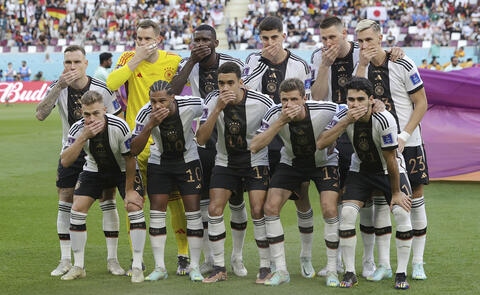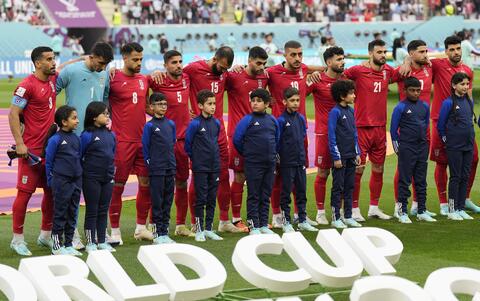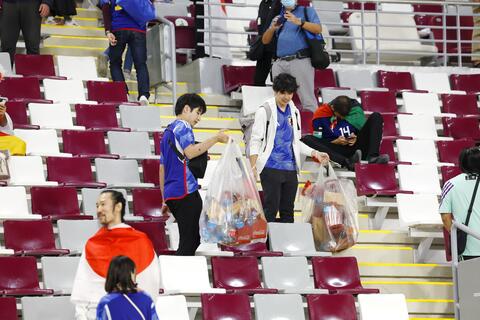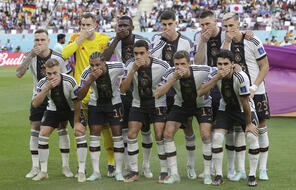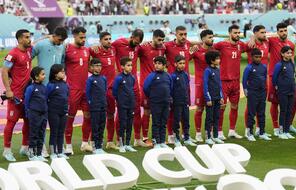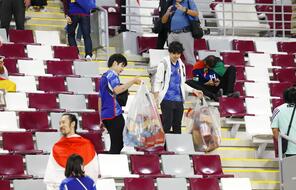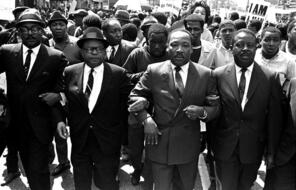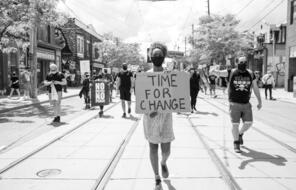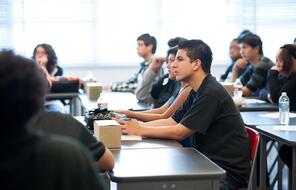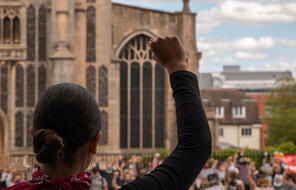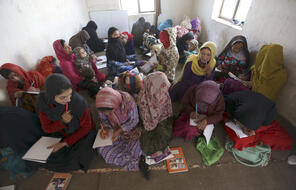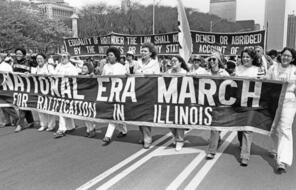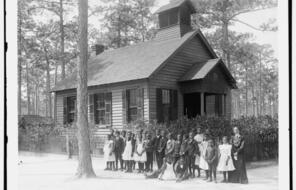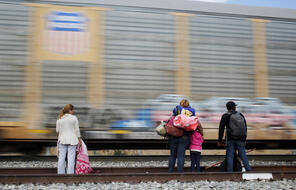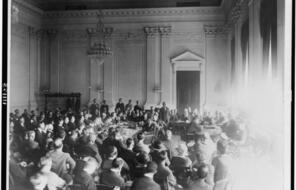The World Cup: Activism, Upstanding, and Free Speech
At a Glance
Language
English — USSubject
- History
- Social Studies
Grade
6–12- Human & Civil Rights
Overview
Overview
During the 2022 World Cup in Qatar, athletes and fans alike have made the most of the media attention to express support for a range of issues including LGBTQ rights, the rights of migrant workers in Qatar, and the women’s and human rights protest movement in Iran.
This mini-lesson helps students consider how famous athletes and fans have used media attention to raise awareness about social issues and to consider what—if any–limitations there should be on free speech during professional sports games.
Activities
Activities
Materials and Downloads
Unlimited Access to Learning. More Added Every Month.
Facing History & Ourselves is designed for educators who want to help students explore identity, think critically, grow emotionally, act ethically, and participate in civic life. It’s hard work, so we’ve developed some go-to professional learning opportunities to help you along the way.
Exploring ELA Text Selection with Julia Torres
On-Demand

Working for Justice, Equity and Civic Agency in Our Schools: A Conversation with Clint Smith
On-Demand

Centering Student Voices to Build Community and Agency
On-Demand


